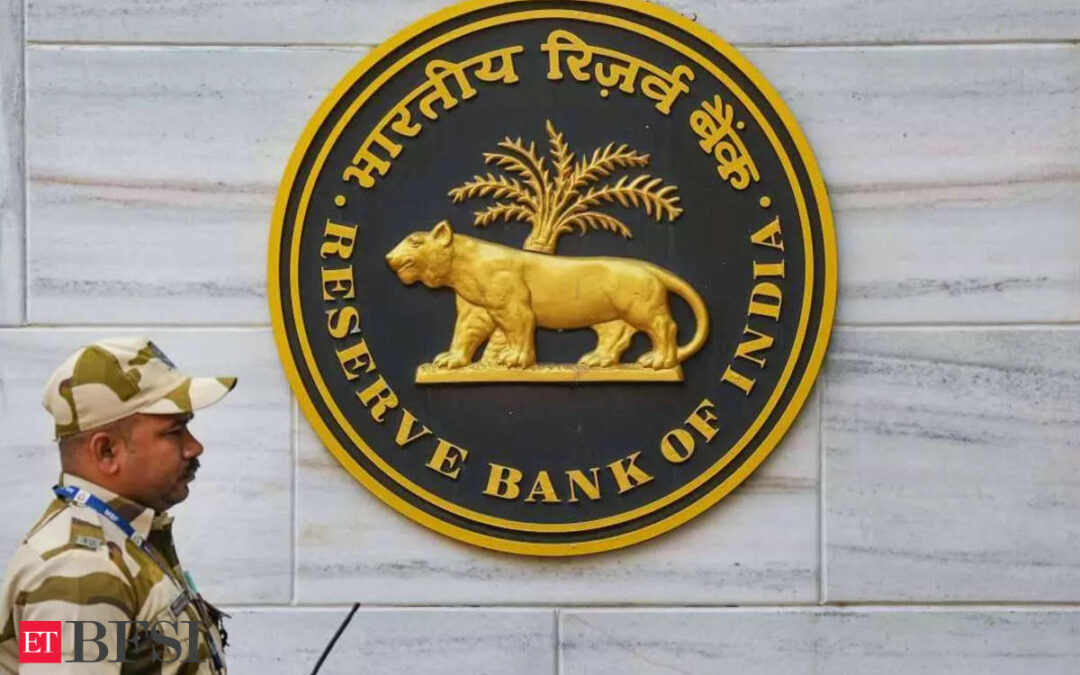The Reserve Bank of India (RBI) has released new draft guidelines on the management of liquidity coverage ratio (LCR), which are expected to increase credit costs for banks, pressure margins, and drive demand for short-term government securities. These guidelines aim to tighten the Basel III Framework on Liquidity Standards.
Under the new proposals, banks are required to assign an additional 5% run-off factor on retail deposits held by customers with internet and mobile banking facilities. This adjustment raises the run-off factor for stable deposits to 10% and for less stable deposits to 15%.
The changes are anticipated to significantly affect banks’ LCR, with estimates suggesting a potential reduction of 11-18 percentage points. This could push many banks below the mandatory LCR threshold unless they bolster their high-quality liquid assets (HQLA) such as cash or government securities.
Banks heavily reliant on retail deposits, including major institutions may experience an LCR hit exceeding 15%. Mid-sized private banks with a smaller retail deposit base might face a lower impact. To mitigate these effects, banks may need to increase their deposit rates to attract more stable deposits, which could intensify competition in the retail deposit market and put further pressure on banks’ margins.
The RBI has sought comments on the draft norms by August 31, with the guidelines expected to take effect on April 1. In preparation, banks may consider strategic measures such as limiting digital banking services for some accounts to maintain lower run-off factors, although this could dissuade customers.
The RBI rationale
The central bank’s move is partly aimed at addressing the instability caused by features like swipe-in swipe-out facilities that banks offer to attract customers. Additionally, the RBI is responding to the overall decline in the systemic LCR since credit growth began to outpace deposit growth in the 2022-23 fiscal year. Recent data indicates that loan growth was 17.4% year-on-year, while deposit growth was only 11.1% as of June 28.
With banks’ systemic LCR having declined 12 percentage points to 135% since March 2022, the RBI’s guidelines intend to ensure banks maintain sufficient liquidity to handle sudden cash outflows, particularly given the increased ease of fund withdrawals via digital banking channels during times of stress.
Banks might face asset-liability mismatches if they rely too heavily on short-term bonds to meet the new LCR requirements. The demand for high-quality liquid assets, particularly government bonds maturing between December 2025 and March 2028, is likely to increase as banks prepare for the implementation of these guidelines.
The proposed norms, which exclude payments banks, regional rural banks, and local area banks, also suggest that unsecured wholesale funding from non-financial small business customers be treated as retail deposits. High-quality liquid assets will be valued at their current market value and adjusted for applicable haircuts in line with the Liquidity Adjustment Facility and Marginal Standing Facility requirements.











